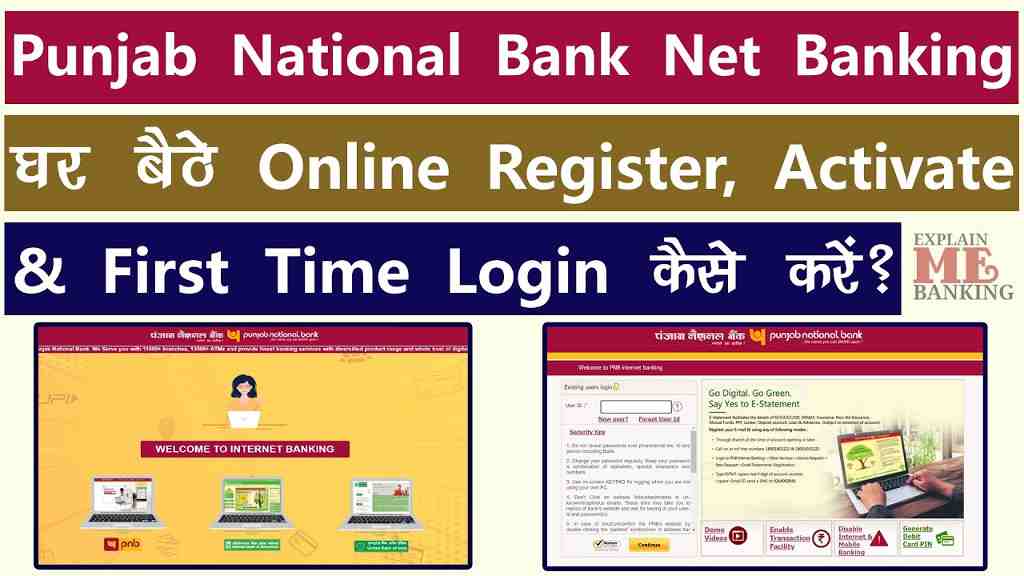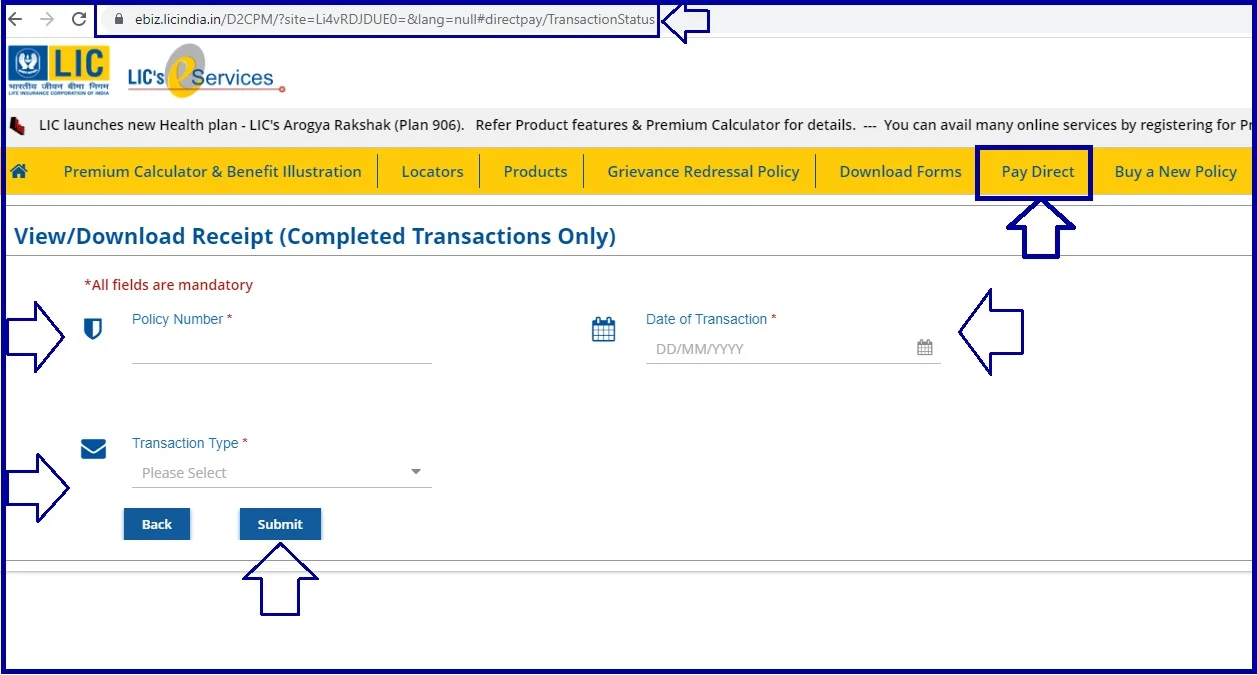amazon seller login near Delhi, India | amazon seller login india | flipkart seller login | amazon seller account | amazon login | amazon seller registration | amazon seller app | meesho seller login
Amazon is a multinational technology company based in Seattle, Washington, United States. Founded by Jeff Bezos in 1994, it started as an online marketplace for books, but it has since expanded into other product categories, such as electronics, clothing, and food.

Amazon’s business model revolves around its e-commerce platform, which allows third-party sellers to offer their products alongside Amazon’s own inventory. The company also operates a number of other businesses, including Amazon Web Services (AWS), which provides cloud computing services to businesses and organizations, and Amazon Prime, a subscription-based service that includes free shipping, streaming of movies and TV shows, and other perks.
Amazon
Today, Amazon is one of the largest companies in the world by market capitalization, and Bezos is one of the world’s richest people. The company has faced criticism over worker treatment and its impact on small businesses, but it remains a dominant force in the e-commerce industry.
amazon seller
An Amazon seller is a third-party individual or business that uses Amazon’s e-commerce platform to sell its products to customers. Amazon provides a platform for sellers to create product listings, manage inventory, fulfill orders, and handle customer service.
Selling on Amazon can be an attractive option for businesses and individuals looking to reach a large audience and take advantage of Amazon’s vast customer base. However, it can also be a competitive and complex marketplace, with many sellers vying for customers’ attention and navigating Amazon’s complex rules and policies.

To become an Amazon seller, one must first create a seller account and provide information such as business name, address, and tax identification number. Sellers must also meet Amazon’s requirements for product quality, customer service, and shipping speed. Once approved, sellers can begin listing products for sale on Amazon and managing their business through the Amazon Seller Central dashboard.
Amazon offers several programs and services for sellers, including Fulfillment by Amazon (FBA), which allows sellers to store their inventory in Amazon’s warehouses and have Amazon handle shipping and customer service, and Amazon Advertising, which allows sellers to promote their products through sponsored listings and other advertising options.
Benefits of amazon selling
Selling on Amazon can offer several benefits to individuals and businesses, including:
- Wide Customer Base: Amazon has a massive customer base, with over 200 million active users worldwide, which provides a great opportunity for sellers to reach a large audience and increase sales.
- Increased Visibility: By selling on Amazon, products are listed on the Amazon website and can be discovered by customers through Amazon’s search engine, increasing the product’s visibility and exposure.
- Trusted Brand: Amazon is a well-known and trusted brand, which can help sellers establish credibility and trust with customers.
- Fulfillment Services: Amazon offers several fulfillment services, including Fulfillment by Amazon (FBA), which can handle storage, shipping, and customer service on behalf of the seller, reducing the burden of logistics and increasing efficiency.
- Customer Service: Amazon provides customer service support for customers who purchase products from sellers on its platform, which can help sellers maintain a positive reputation and improve customer satisfaction.
- Advertising Opportunities: Amazon offers various advertising options for sellers to promote their products and increase visibility, including sponsored products, sponsored brands, and display advertising.
Overall, selling on Amazon can provide significant benefits for businesses and individuals looking to expand their reach and increase sales. However, it’s important for sellers to understand Amazon’s policies and requirements and invest in strategies to optimize their listings and stand out in a competitive marketplace.
Advantages and Disadvantages of amazon seller
Advantages of selling on Amazon as a third-party seller include:
- Large customer base: Amazon has a massive customer base, which means that sellers can potentially reach millions of customers from around the world.
- Easy to get started: It’s relatively easy to set up an Amazon seller account and start listing products for sale. Amazon provides a lot of guidance and resources to help new sellers get started.
- Increased visibility: Amazon’s search algorithm is designed to show products to customers that are most likely to buy, based on their search queries and purchasing history. This can help increase visibility and sales for sellers.
- Access to Amazon’s fulfillment services: Amazon offers several fulfillment services, including Fulfillment by Amazon (FBA), which allows sellers to store their inventory in Amazon’s warehouses and have Amazon handle shipping, customer service, and returns.
- Amazon Prime benefits: Amazon Prime members receive free two-day shipping on eligible products, which can help increase sales for sellers who use Amazon’s fulfillment services.
Disadvantages of selling on Amazon as a third-party seller include:
- Competition: The Amazon marketplace is highly competitive, with millions of sellers vying for the attention of customers. This means that sellers need to invest time and money in optimizing their listings and standing out from the competition.
- Fees: Amazon charges fees for selling on its platform, including referral fees, fulfillment fees, and subscription fees for some seller plans.
- Amazon’s policies: Amazon has strict policies around product quality, customer service, and seller behavior, and violating these policies can result in account suspension or even termination.
- Dependence on Amazon: Because Amazon owns the platform, sellers are subject to its policies and decisions. This can make it difficult for sellers to establish their own brand identity and control their customer relationships.
- Potential counterfeit products: Amazon has faced criticism for allowing counterfeit products to be sold on its platform, which can harm both consumers and legitimate sellers. Sellers need to be vigilant and proactive in protecting their products and brand reputation.
How to become a seller on amazon
To become a seller on Amazon, you can follow these steps:
- Go to the Amazon website and click on “Sell” at the top of the page.
- Choose between selling as an individual or as a professional. If you plan on selling more than 40 items per month, it is recommended to choose the professional option.
- Sign in with your Amazon account or create a new one.
- Follow the prompts to provide basic information about your business, such as your business name, address, and phone number.
- Choose a product category that matches the products you plan to sell.
- Set up your seller profile, including your business name, return policy, and shipping rates.
- Create your product listings, including product descriptions, pricing, and images.
- Choose a fulfillment method, such as Fulfilled by Amazon (FBA) or Merchant Fulfillment.
- Optimize your listings to increase visibility and sales, including optimizing product titles, descriptions, and images.
- Start selling! Monitor your sales, reviews, and customer feedback to make adjustments as needed.
Note that selling on Amazon comes with fees, including referral fees, fulfillment fees, and subscription fees for some seller plans. Make sure to familiarize yourself with Amazon’s policies and guidelines for selling to avoid any issues.
Opportunities for Amazon Sellers
There are several opportunities for Amazon sellers to grow their business and increase sales, including:
- Expand product offerings: Amazon sellers can expand their product offerings to reach new customers and increase sales. Sellers can research popular products and niche markets to find new product opportunities.
- Use advertising: Amazon offers several advertising options, including sponsored products and sponsored brands, which can increase visibility and sales for sellers.
- Utilize Amazon’s fulfillment services: Amazon’s Fulfillment by Amazon (FBA) service can handle storage, shipping, and customer service on behalf of the seller, reducing the burden of logistics and increasing efficiency.
- Optimize product listings: Sellers can optimize their product listings to improve visibility and sales. This can include using targeted keywords, high-quality product images, and detailed product descriptions.
- Use Amazon’s reporting and analytics tools: Amazon provides sellers with access to reporting and analytics tools, which can help them track sales, inventory, and customer behavior. This information can be used to make data-driven decisions and improve business performance.
- Leverage Amazon’s global marketplace: Amazon has a global marketplace, which means that sellers can reach customers around the world. Sellers can use Amazon’s international shipping services to expand their customer base.
Overall, Amazon sellers have a wide range of opportunities to grow their business and increase sales. It’s important for sellers to stay up to date with Amazon’s policies and requirements and invest in strategies to optimize their listings and stand out in a competitive marketplace.
Register for Amazon Seller
To register for an Amazon seller account, follow these steps:
- Go to the Amazon Seller Central website at https://sellercentral.amazon.com/ and click on the “Register Now” button.
- Sign in with your existing Amazon account, or create a new one if you don’t have one already.
- Follow the prompts to provide basic information about your business, such as your business name, address, phone number, and email address.
- Choose between selling as an individual or as a professional. If you plan on selling more than 40 items per month, it is recommended to choose the professional option.
- Provide your tax information, including your Taxpayer Identification Number (TIN) or Social Security Number (SSN), and other relevant tax information.
- Agree to Amazon’s terms and conditions and provide payment information for any applicable fees.
- Choose a product category that matches the products you plan to sell.
- Set up your seller profile, including your business name, return policy, and shipping rates.
- Create your product listings, including product descriptions, pricing, and images.
- Choose a fulfillment method, such as Fulfilled by Amazon (FBA) or Merchant Fulfillment.
- Optimize your listings to increase visibility and sales, including optimizing product titles, descriptions, and images.
Once you have completed these steps, you can start selling on Amazon. Make sure to familiarize yourself with Amazon’s policies and guidelines for selling to avoid any issues.
Amazon Seller Login
To log in to your Amazon seller account, follow these steps:
- Go to the Amazon Seller Central website at https://sellercentral.amazon.com/.
- Enter your email address or mobile phone number and password associated with your Amazon seller account.
- Click on the “Sign in” button.
- If you have two-step verification enabled, enter the verification code sent to your registered phone number or email address.
- You will be directed to your Amazon seller account dashboard, where you can manage your listings, inventory, orders, and other aspects of your seller account.
If you are having trouble logging in, you can click on the “Forgot your password?” link and follow the prompts to reset your password. If you are still having trouble, you can contact Amazon seller support for assistance.
Sell your products to India from Abroad
If you are looking to sell your products to customers in India from abroad, you can use Amazon Global Selling to reach Indian customers through the Amazon India marketplace. Here are the steps to get started:
- Create an Amazon seller account: If you don’t already have an Amazon seller account, you can create one on the Amazon Global Selling website.
- List your products: Create product listings on the Amazon India marketplace that accurately describe your products and include high-quality images. You will also need to set a price for your products in Indian rupees.
- Determine your fulfillment method: You can choose to either fulfill orders yourself or use Amazon’s global fulfillment network to ship your products to customers in India. If you choose to use Amazon’s fulfillment services, you can send your products to an Amazon fulfillment center in your home country, and Amazon will handle the rest.
- Optimize your listings: Use keywords in your product listings to help customers find your products in search results. Provide detailed product information, including product features, dimensions, and materials. Use high-quality images to showcase your products.
- Handle customer service: Provide good customer service to your Indian customers, including prompt responses to inquiries and questions. You can also use Amazon’s translation services to communicate with your customers in their local language.
- Receive payments: Amazon will deposit your sales proceeds into your designated bank account after deducting its fees and any applicable taxes.
Note that you will need to comply with all relevant laws and regulations when selling to customers in India, including customs requirements and tax laws. You may also need to obtain any necessary permits or licenses to sell your products in India. Make sure to familiarize yourself with Amazon’s policies and requirements for global selling to avoid any issues.
Fee and Charges of Amazon Seller login
As an Amazon seller, you will be responsible for paying various fees and charges related to selling on the platform. Here are some of the most common fees and charges you can expect:
- Referral fees: These are fees charged by Amazon for the privilege of selling your products on the platform. The fee is a percentage of the item price, and the percentage varies by category.
- Variable closing fees: These are additional fees charged for selling certain types of products, such as media items like books, DVDs, and CDs.
- Fulfillment fees: If you choose to use Amazon’s fulfillment services (FBA), you will be charged fees for storage, picking, packing, and shipping your products.
- Subscription fees: If you choose to sell as a professional seller, you will be charged a monthly subscription fee.
- Advertising fees: Amazon offers various advertising options to help sellers promote their products on the platform. You will be charged fees for using these advertising services.
- Payment processing fees: Amazon charges a fee for processing payments from customers.
The specific fees and charges you will be responsible for depend on your selling plan, the products you sell, and the fulfillment method you choose. You can use Amazon’s fee calculator to estimate your fees and charges based on your selling plan and product category. It’s important to factor in these fees and charges when setting your product prices to ensure that you are making a profit.
What processes are in the amazon seller login?
Once you have registered as an Amazon seller and logged in to your Amazon seller account, there are several processes you can carry out. Here are some of the main processes in the Amazon seller login:
- Manage product listings: You can create new product listings or edit existing ones, including adding or updating product information, images, and pricing.
- Manage orders: You can view and manage your orders, including fulfilling orders yourself or using Amazon’s fulfillment services.
- Manage inventory: You can manage your inventory levels and receive notifications when you need to restock.
- Monitor performance metrics: You can monitor your performance metrics, including customer feedback, order defect rate, and late shipment rate, to help you identify areas for improvement.
- Run advertising campaigns: You can create and run advertising campaigns to promote your products on Amazon.
- Access reports and analytics: You can access reports and analytics on your sales, inventory, and other metrics to help you make data-driven decisions.
- Manage payments and finances: You can view your payment history and account balance, as well as manage your payment settings and tax information.
Overall, the Amazon seller login gives you access to a range of tools and features to help you manage and grow your business on the platform. It’s important to familiarize yourself with these processes and use them effectively to maximize your sales and profitability.
How to contact a seller on amazon?
If you need to contact a seller on Amazon, you can use the “Contact Seller” button on the product listing page or through the “Your Orders” section in your Amazon account. Here are the steps to contact a seller on Amazon:
- Go to the product listing page of the item you purchased or are interested in purchasing.
- Look for the “Sold by” section on the product page. This section will display the name of the seller.
- Click on the name of the seller. This will take you to the seller’s profile page.
- On the seller’s profile page, click the “Contact seller” button. This will open a contact form where you can send a message to the seller.
- Fill out the contact form with your message and click “Send email”. The seller will receive your message and can respond to you directly.
Alternatively, if you have already placed an order with the seller, you can go to the “Your Orders” section in your Amazon account, find the order in question, and click the “Contact seller” button next to it. This will allow you to send a message to the seller about that specific order.
Note that Amazon also provides a guarantee for orders fulfilled by sellers on the platform, and you can contact Amazon’s customer service if you have any issues with a seller.
Is gst needed for amazon sellers?
In India, it is mandatory for Amazon sellers to register for GST (Goods and Services Tax) if they have an annual turnover of over Rs. 20 lahks. GST is a unified tax system that replaced a number of indirect taxes in India. As an Amazon seller, you will be required to collect and remit GST on the products you sell.
When you register as an Amazon seller, you will need to provide your GST registration number (GSTIN) and update your GST details in your seller account. Amazon will collect GST from customers on your behalf and deposit it into your GST account, which you can then use to pay your own GST liability.
It’s important to ensure that you comply with all GST regulations and file your GST returns on time to avoid penalties. You can consult a tax professional or use online resources to learn more about the GST requirements for Amazon sellers in India.
Amazon seller login
Amazon seller login FAQs
Access your Amazon Seller Account via the Amazon Seller Login page. There will be a
2-step authentication to log in, so you must enter the code generated by the authenticator app, which you can download for any smartphone device.
Want to learn more and get guidance about becoming an Amazon Seller? You can access Amazon Seller Support via the Amazon Seller University. If you’d like to contact customer support directly, use the Amazon Support page.
Amazon Seller Fees are fees collected by Amazon whenever you make a sale on their platform. These fees apply whether you are a professional seller or individual seller.




